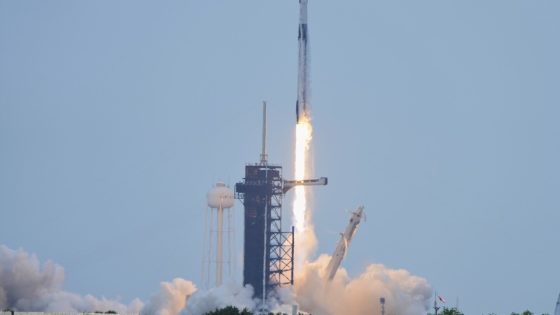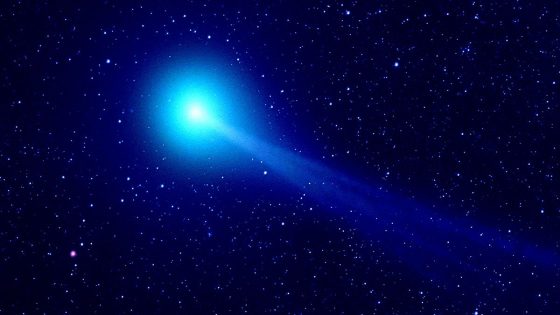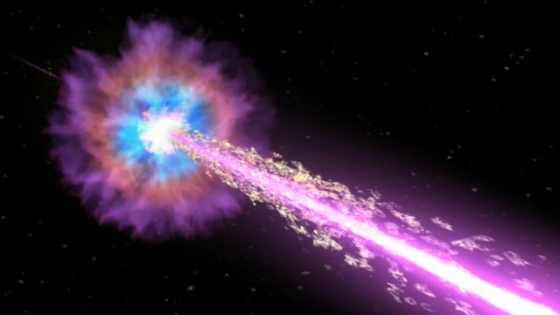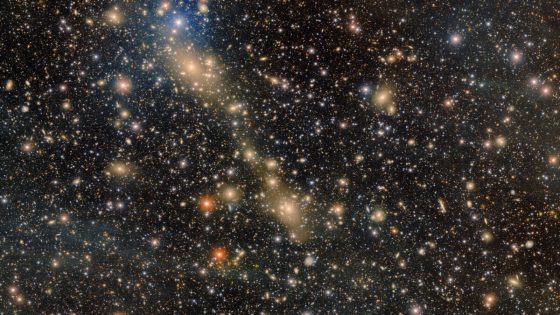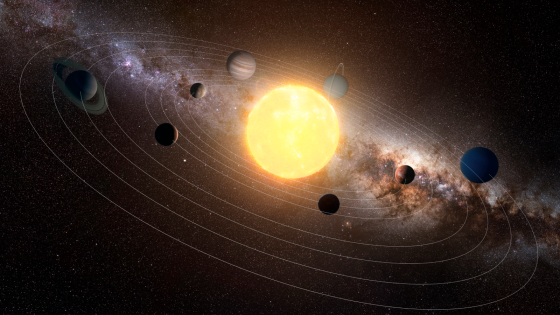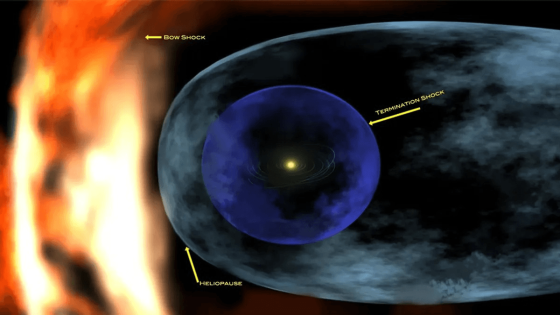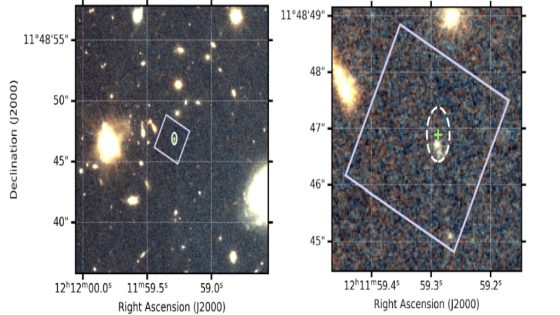Astronauts have successfully launched to the International Space Station (ISS) aboard a SpaceX capsule, marking a significant moment in space exploration. After a year of delays due to Boeing’s Starliner issues, this mission highlights the resilience of international collaboration in space science.
- Astronauts launched to ISS after delays
- Zena Cardman expresses joy post-launch
- NASA plans longer space station stays
- SpaceX capsule to remain for six months
- Starliner faces ongoing technical issues
- Collaboration discussions between NASA and Roscosmos
The crew, consisting of U.S., Japanese, and Russian astronauts, departed from NASA’s Kennedy Space Center on August 1, 2025. They will replace colleagues who previously launched in March, ensuring continuous human presence at the ISS.
This mission raises important questions about the future of space travel. How will NASA adapt to ongoing challenges with spacecraft like Starliner? And what implications does this have for future missions to the Moon and Mars?
- NASA plans to extend astronaut stays on the ISS from six to eight months.
- SpaceX is nearing certification for longer-duration Dragon flights.
- Smaller crew sizes may be considered to cut costs.
As we look to the future, this mission not only reaffirms the commitment to human spaceflight but also sets the stage for ambitious goals, including lunar and Martian exploration.



